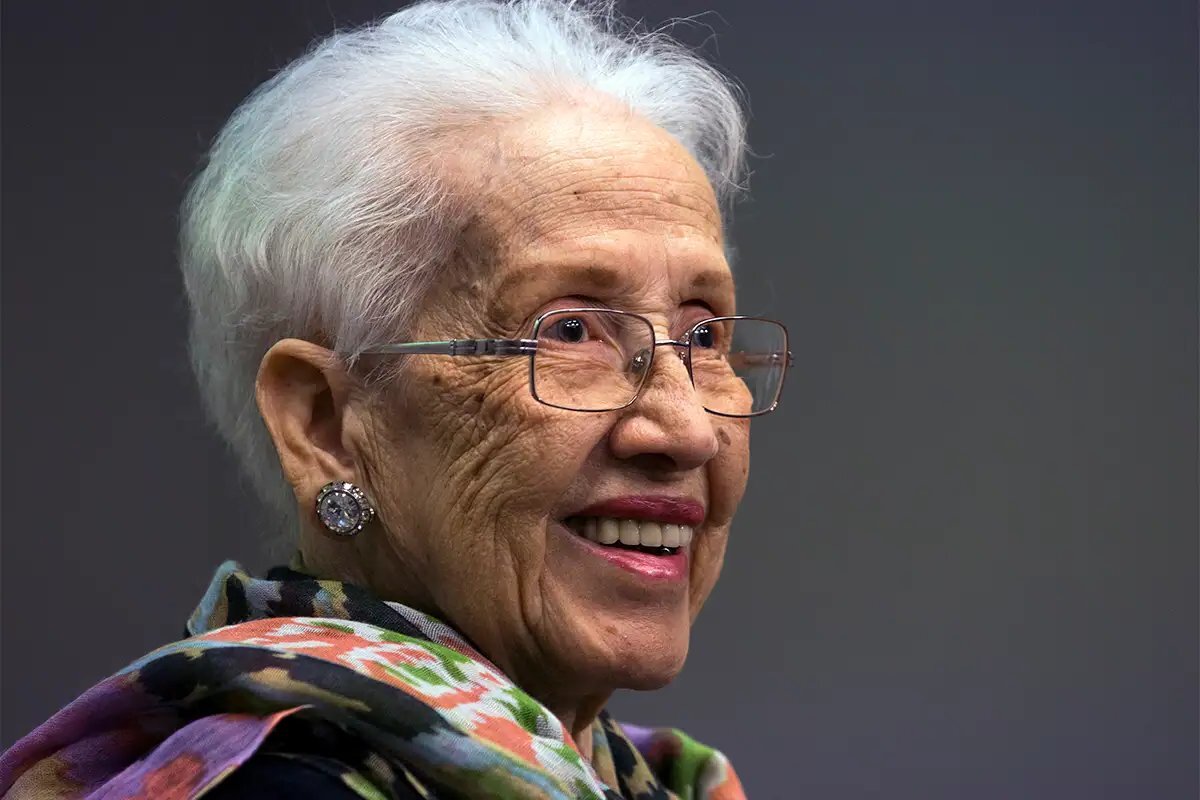
Ever wondered who the brilliant minds behind NASA's successful space missions were? Well, let me introduce you to Katherine Johnson, a mathematical genius whose calculations were crucial for the success of numerous spaceflights, including the Apollo 11 mission to the moon. Katherine Johnson wasn't just a mathematician; she was a trailblazer who shattered racial and gender barriers in a time when segregation was rampant. Her story is not just about numbers; it's about perseverance, intelligence, and breaking through ceilings—both literal and metaphorical. Curious to learn more about this remarkable woman? Stick around as we dive into ten fascinating facts about Katherine Johnson that will leave you inspired and in awe of her incredible contributions to space exploration and beyond.
Key Takeaways:
- Katherine Johnson, a brilliant mathematician, broke barriers at NASA and played a crucial role in space exploration, including the Apollo 11 mission. Her legacy inspires young minds in STEM fields.
- Despite facing racial and gender barriers, Katherine Johnson's remarkable calculations helped shape space history. Her story teaches us to break barriers and pursue greatness in the face of obstacles.
Who Was Katherine Johnson?
Katherine Johnson, a mathematician whose calculations of orbital mechanics were critical to the success of U.S. manned spaceflights, has become a symbol of perseverance and excellence within STEM fields. Born in 1918 in White Sulphur Springs, West Virginia, her love for numbers and remarkable intellect set her on a path that would eventually see her play a pivotal role in major space missions, including the Apollo 11 moon landing.
Early Life and Education
- Katherine showed an exceptional aptitude for mathematics from an early age, attending high school by 13 and graduating college at 18. Her academic journey was marked by early achievements and a relentless pursuit of knowledge, despite the racial and gender barriers of her time.
Breaking Barriers at NASA
-
In 1953, Johnson began working in the all-male, predominantly white West Area Computing unit at NASA's predecessor, the National Advisory Committee for Aeronautics (NACA). Her role involved performing complex manual calculations that would later prove instrumental in space exploration.
-
Her work ethic and brilliance quickly set her apart, leading to her involvement in some of NASA's most historic missions. Johnson's calculations helped map the trajectory for Alan Shepard's 1961 mission, making him the first American in space.
A Key Figure in the Apollo Missions
-
Johnson's most celebrated achievement came with the Apollo 11 mission in 1969. Her precise calculations for the flight path enabled the spacecraft to land on the moon and safely return to Earth, cementing her legacy in space exploration history.
-
Beyond Apollo 11, she also played a crucial role in the Apollo 13 mission, providing the calculations that helped bring the crew safely home after an onboard explosion. Her work not only showcased her mathematical genius but also her ability to perform under pressure.
Recognition and Legacy
-
Despite her critical contributions, Johnson's work remained relatively unrecognized until later in her life. It was not until 2015, at the age of 97, that she was awarded the Presidential Medal of Freedom, one of the United States' highest civilian honors.
-
Her story gained further recognition through the 2016 film "Hidden Figures," which highlighted the contributions of African American women at NASA during the Space Race. Johnson's character, portrayed by Taraji P. Henson, brought her story to a wider audience, inspiring countless young women and girls in STEM.
Contributions to STEM Education
-
Beyond her work at NASA, Johnson was a passionate advocate for education, particularly in encouraging young people to pursue careers in science, technology, engineering, and mathematics. Her legacy continues to inspire efforts to increase diversity and inclusion within these fields.
-
Johnson's life and work are a testament to the power of resilience, intelligence, and hard work. Her story teaches us that barriers are meant to be broken and that the contributions of individuals, often overlooked, can have a profound impact on the world.
-
Katherine Johnson passed away on February 24, 2020, at the age of 101. Her legacy endures, not only in the annals of space history but also in the countless lives she touched through her work, her advocacy for education, and her unwavering belief in the potential of every individual to achieve greatness, regardless of the obstacles they may face.
A Final Nod to Katherine Johnson's Legacy
Katherine Johnson's story is a testament to the power of perseverance, intellect, and the critical role of diversity in science. Her calculations propelled humanity to the moon, breaking barriers for women and people of color in STEM. Johnson's legacy teaches us that brilliance knows no gender or race. Her life's work continues to inspire future generations to reach for the stars, literally and metaphorically. As we reflect on her contributions, let's remember the paths she paved in the vast expanse of space exploration and mathematics. Johnson's journey wasn't just about reaching outer space; it was about expanding the space for others to excel in fields once thought beyond reach. Her story isn't just history; it's a beacon for the future.
Frequently Asked Questions
Was this page helpful?
Our commitment to delivering trustworthy and engaging content is at the heart of what we do. Each fact on our site is contributed by real users like you, bringing a wealth of diverse insights and information. To ensure the highest standards of accuracy and reliability, our dedicated editors meticulously review each submission. This process guarantees that the facts we share are not only fascinating but also credible. Trust in our commitment to quality and authenticity as you explore and learn with us.


